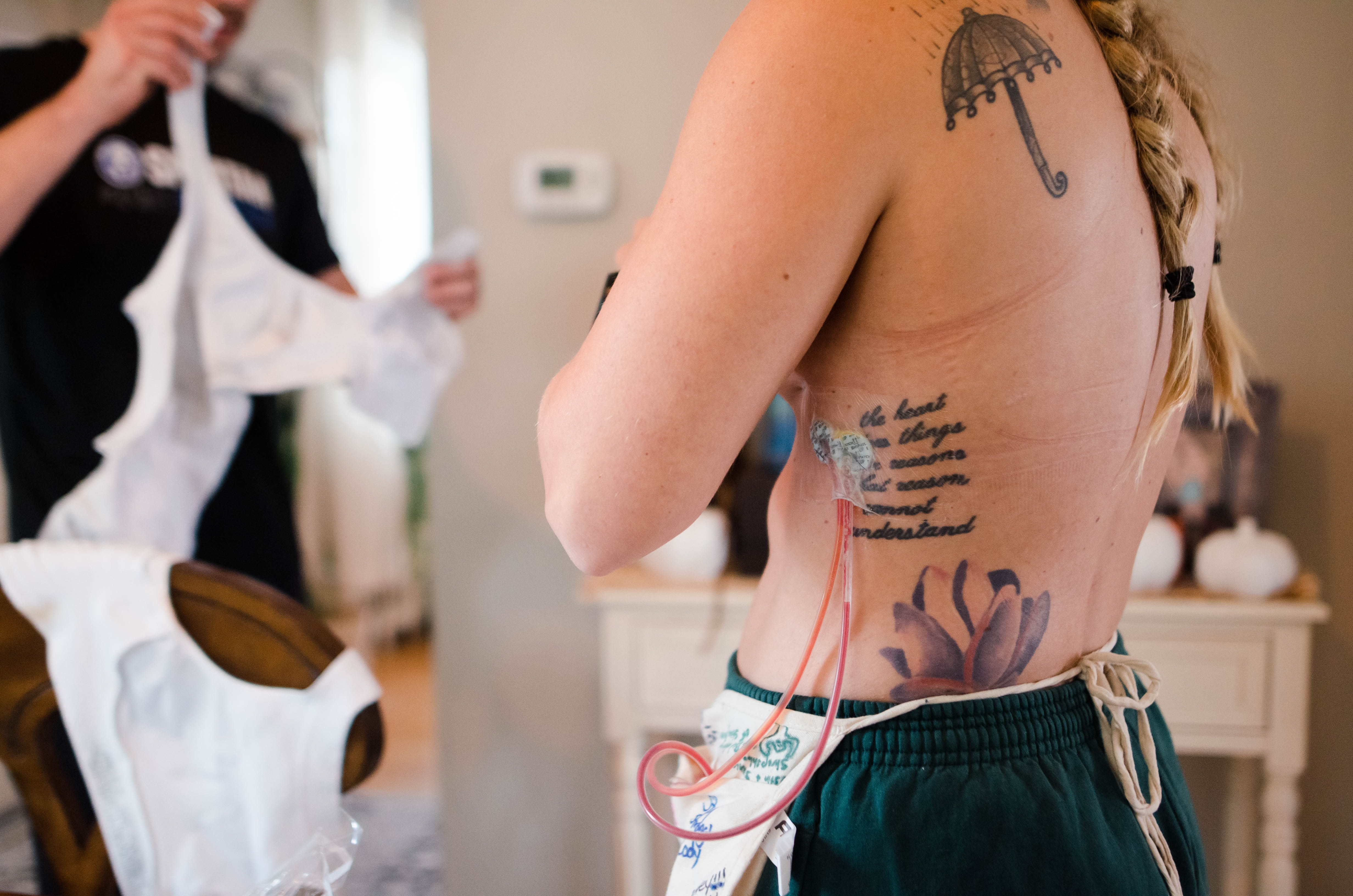This article has been verified medically by Dr Tan Yik Kai, Senior Consultant Surgeon (Vascular and Endovascular Surgery) at Surgi-TEN Specialists, Farrer Park Hospital (Singapore).
About the Doctor
People with diabetes are at higher risk of developing foot ulcers, which are open sores or wounds on their feet. They develop because the disease may lead to nerve damage, which causes them to lose sensation in their feet and be unaware of cuts and scratches. It also worsens their blood circulation, impeding healing. In Singapore, non-healing diabetic foot ulcers result in a large number of leg amputations, with about two lower-limb amputations carried out daily due to diabetes-related ulcers or gangrene. Treating such ulcers involves several steps.
Ensuring adequate blood supply
Doctors who suspect that patients have poor blood supply to their feet and legs may ask for ultrasound scans or computed tomography (CT) angiograms, which use X-rays, to get images of blockages in their leg arteries. Researchers have found that opening such arteries to improve blood flow, which is called revascularisation, can significantly help wound healing. One method is to insert a balloon into the arteries to widen them. Flexible stents may be required in some cases in order to keep the arteries open. Another method is to conduct open bypass surgery by using a blood vessel from another part of the body, or an artificial vessel, to bypass the blockages in blood vessels.
Checking for infection
Infections of the foot ulcers must be dealt with immediately to avoid leg amputations. Signs of foot infections include a foul smell from the ulcer, redness and swelling of the tissue surrounding the ulcer and pus formation. By analysing bacterial tests of infected ulcers, doctors can give the correct antibiotics that kill the bacteria properly. Severe infections with significant destruction of muscle, tendon and bone tissue may require surgery.
Debriding and dressing the ulcer
Debridement surgery, which is the removal of dead or non-viable tissue, is another essential part of treating foot ulcers. Studies have shown that more frequent debridement enables better and faster wound healing, including of diabetic foot ulcers. Doctors can debride foot ulcers in several ways, including using a scalpel or special scissors to remove the dead tissue, or applying dressings such as hydrogels and films, to rehydrate, soften and liquefy the dead tissue.
Once the wound bed is clean, appropriate dressings including dressings with anti-bacterial properties will be used to ensure moist environment and control infection, hence promote wound healing of the foot ulcer.
Offloading weight
Relieving pressure from a healing foot ulcer, called ‘off-loading’, is crucial too. While studies have concluded that total contact casts and irremovable cast walkers are the effective in off-loading, they may not be suitable for some patients, and others may not accept them. Removable cast walkers, crutches and wheelchairs are some alternatives.












